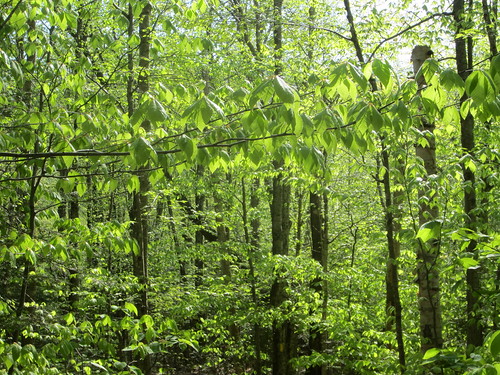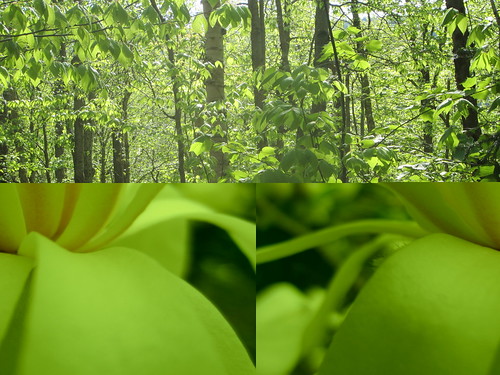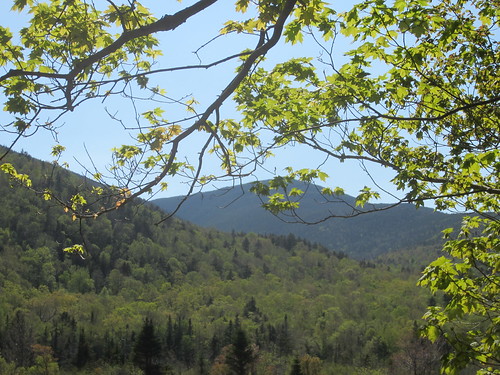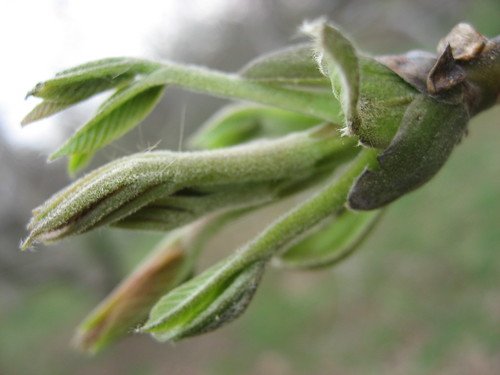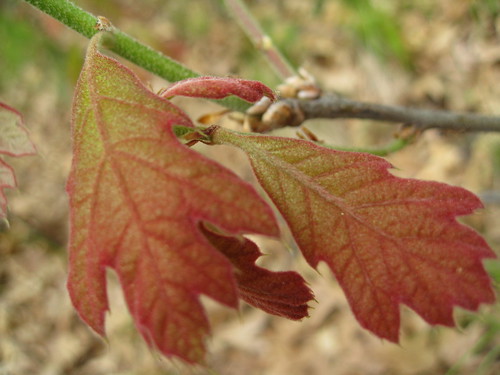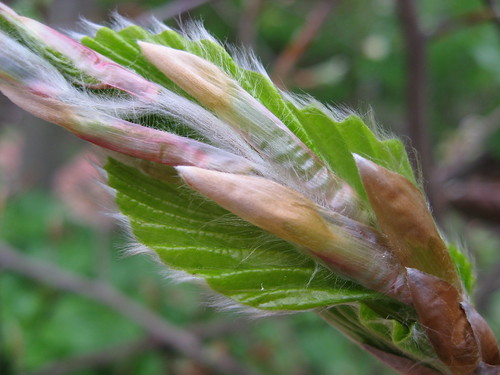But if you think about it another way there's a much different interpretation possible. Think about spring (which I seem to do all the time). Inside each expanding leaf cell new mechanisms are being constructed. In photosynthetic cells (not all of them are), chloroplasts are reproducing, and in each chloroplast a maze of membranes are being built. Embedded in the membranes are myriads of proteins that run the photosynthetic process. And some of the proteins hold the crown jewel of photosynthesis, chlorophyll. Where do the resources come from that provide the raw materials for all this building?
The plant, through its relationship with the soil and its nutrients, shuttles needed materials up to the leaves. Nitrogen, carbon, magnesium, just to name a few, are all provided to the chloroplast via its "host" plant. The resources sent by the plant are materials a single-cell organism (like the chloroplast) might not be able to obtain that easily. Especially a photosynthetic organism stuck in a terrestrial environment. Yet safely ensconced in a leaf cell, the chloroplast gets everything it needs spoon-fed by the plant. What's more, the plant cell, an aquaeous (watery) environment par excellence, bathes the chloroplast in an aquatic environment where dissolved nutrients are readily available in a nano-habitat easily penetrated by sunlight.
There's more. Consider this time of year when every plant puts on lots of new growth. Every shrub in my garden, every tree, has put on a good 6-8 inches of new growth. In effect, the plant, by expanding, is developing new infrastructure for the chloroplasts that live inside it. Every new leaf, every inch the plant grows closer to the sun, provides new opportunities for expansion by the chloroplast community harbored inside the plant. Certainly sunlight, warmth, and ample moisture aid these processes, but they are programmed by the plant's DNA, perhaps in conjunction with the endosymbiont chloroplasts.
I wonder what this all means in the context of Richard Dawkins' "The Selfish Gene."
